Narthaki

News

Info

Featured


|   |
 e-mail: sunilkothari1933@gmail.com National seminar on Music and Dance and Kathak Museum Photos: Dr. Sunil Kothari February 13, 2018 Bhatkhande Deemed University, Lucknow, organized a two day national seminar (Jan 28 & 29, 2018) on training and presentation of classical Indian music and dance arranged on their premises. Shruti Sadolikar Katkar, the celebrated Hindustani vocalist of Jaipur -Atrauli gharana is the present Vice Chancellor. Under her dynamic leadership, the University has undertaken several projects and once again placed the Bhatkhande Deemed University on the cultural map of India. Established by Shri Bhatkhande in1920, it has been an important centre of classical Hindustani music. Bhatkhande used to say that even if we cannot produce many Tansens, we can produce hundreds of Kansens, the connoisseurs of classical music. His epoch making work is well known. Lucknow with its cultural history is a major centre for training and promoting classical Indian Hindustani music and also dance. At the University besides Kathak, training is also given in Bharatanatyam and Manipuri. Lucknow has been the main centre for Lucknow gharana of Kathak with a long history. The seminar had a specific focus on the training and performance of classical music and dance. Shruti Sadolikar in her keynote address placed forth main conceptual norms for training of classical music. Right from the riyaz - practice of music - how it has to be dealt with. She is of the opinion that riyaz or practice must not be done without the exact supervision of a guru. Mere practice does not guarantee right and sound riyaz. Our tradition is of Guru Shishya parampara, oral and aural, which lays emphasis on direct training under guru. This falls under oral tradition. And since it is taught it is aural where basic information of sound for solfa syllables is given of seven swaras - sa re ga ma pa dha ni - and how they have to be practiced. The abstract nature of these swaras has to be understood. The understanding of it has to be given from childhood but the practice in absence of the guru would be misleading as no correction is given at home. She also spoke of anukaran, imitating the guru. Generally, a disciple follows what the guru teaches and he follows by imitating the guru. But a stage has to be achieved when the imitation has to be transcended and disciple's own pratibha, talent has to flower. She also said that in guru shishya parampara there is no scope for questioning the guru. A student has to be with the guru and observe him all the time. Whatever he teaches has to be mastered. He would correct the student when he is not following the guru in the right direction. Riyaz also has to be done with certain awareness. Once the technique is mastered and the disciple starts feeling proud and develops ego, what Shruti termed as Narcissus complex must be avoided and removed if a student has to progress. He must surrender it, then only he can progress.  Shruti Sadolikar Katkar & Pt Yogesh Samshi When a student is ready for performance, Shruti reminded that of what a student practices as 100% when it come to performing on stage, 50% may only appear correct. In order to gain proficiency a student has to understand the process and various factors before performing on the stage. The adjustments with accompanying artists have to be kept in mind. She gave a personal example about performing with accompanist tabla player, who was to perform in a specific tala, but misunderstood and started performing another tala to which the vocalist had to adjust. The vocalist has to be so proficient that on the spot he can sing to different talas. Shruti has studied that aspect and can perform the same raga to different talas. In her well structured paper she referred to learning of various ragas. Some she said were for performing and some were for learning only. Gayan, vadan, nritya are related. Not only should the voice be melodious, the words which accompany the bandish must also be understood and accordingly the rendering must be done. She also insisted that a student must master one technique. Once you accept a guru, the guru has control over you. A musician should develop an ability to be a third person and objectively assess his art of singing. If some knowledgeable person brings any mistake to a musician's notice, he must have humility to accept it and not insist that he is correct. Riyaz has also a parallel swadhyaya. Swa means himself. Therefore while practicing one must also think of fresh imagination. Striking a personal note, she mentioned that she mastered singing to 13 talas, khayal, thumris, tappa. She warned students from entering into pyrotechnics and taanbaazi which is not aesthetic. She gave an example of a bee and flower. The bees do not force themselves on flowers. Their relationship is ideal. Neither destroys each other. Sometimes in taanbazi the aesthetic aspect is destroyed. The acrobatic practice of taanbazi must be avoided. Once you have internalized the music you would avoid imitating anyone. You will think of imaginative approach. She gave an example of ability of a musician for performing, creating something new. For example, if you render Bihagda raga, it has different bandishes. One must remember that the 'dhun' must have newness. But also like ornaments cannot be made of all metals, one must select the right way of performing. Like a sculptor while creating an image, discards unnecessary parts of stone, one must know to discard what is not necessary to an artistic creation. One must repeat in order to master, but it must not be a parrot like repetition. There were nice nuggets Shruti offered. She warned musicians not to extend raga for killing time. She gave example of the fruit of the banyan tree. It has few small seeds but when it falls on ground, it takes solid roots. While teaching a student, a guru must know the strength of the student and accordingly train him. On other aspects of tala, laya, she reminded the students that there are three aspects - vilambit, madhya and druta. One must practice all but it is best when one performs in madhya laya. Also one must know the bandish and its exact relation to time. There is difference between what you do to exercise and what you do for performing circus. There must be discretion and certain built-in awareness. She demonstrated giving examples by singing and why in bandish the word must not be distorted. Shruti is an accomplished musician with vast experience and ranks very high among the distinguished musicians of our country. I thoroughly enjoyed her presentation as did all scholars, research students and invited musicians. I had met her in 1976 when she sang Sanskrit shlokas for Bharatanatyam exponent Maya Kulkarni in Mumbai. Since then we have been friends and remained in touch. But listening to her mature thinking, conceptual clarity and understanding, I was deeply impressed. She has in face of several difficulties in an institution, managed to win over the student community, her colleagues and established a rapport with all. I learned from her colleagues that since she took over the position as Vice Chancellor, she has brought to the university fresh thinking and approach. Two other musicians were vocalist Dinkar Kainkini's son Yogesh Samshi, disciple of tabla wizard Allarakha Khan saab. Another was Sahitya Kumar Nahar, sitar player and Professor in Music Dept at Allahabad University. In the afternoon, Yogesh Samshi explained in detail the need for riyaz, training and art of performance in relation to tabla. He explained with demonstration, generally tabla is seen as accompaniment for music, be it vocal or instrumental. Also there are recitals of solo tabla vadan. There should be clarity in mnemonics, bols, and the hands must have an ability to perform and return to sam. Known as akshara sadhana when accompanying or performing, the tablist must have understanding of mnemonic bols, as it helps in creating beauty. The need for practice of hands, of what are known as kayadas, series of bols, is most important. How to play with hands on tabla which requires physical exercise is a must for a tablist. The hand must never slip. While playing, each finger must have understanding of the sound. He demonstrated how the sounds are produced in Punjab gharana, how a simple sound like tirkit has to be performed. He spoke of Allarakha Khan's kayadas and the need to exercise for hours. The body, the mind get exhausted. But that is the biggest challenge. The laya is important. The beauty of madhya laya is captivating. He did say that often it is frustrating but we must not permit negativity to defeat one; one must overcome the defeat. He spoke of Zakir Hussain's practicing for hours. Keep faith in guru and never waver or give up. Follow the path shown by guru. Then you will reach the goal. Samata Prasad, the legendary tablist, used to say that if god gives him long life of 400 years, he would spend first 300 years in practicing and only 100 in performing. Mentioning sitar maestro Vilayat Khan, Yogesh said that his practice of playing sitar was so intense that the sitar instrument became Vilayat Khan. Yogsh also mentioned the intellectual approach. Like language, a tablist has to understand the bols, implications, create poetry. The expansion of kayadas has to be approached intellectually also to invest newness. Learning from Allarakha Khan, Yogesh said that learning from a guru must not result in only the way the guru played. He has to create his own image as an individual artist. There were references to several technical aspects. Sam, anaagat, expansion of atit, command over each matra, laya must be of help to tala and so on. One has to master padhant, the recitation of bols. When one listens to padhant, one marvels at the memory bank of a tablist. As an accompanist, a tablist has to control himself. Yogesh said that when accompanying, as Samta Prasad used to say, one has to know one's role and play by placing a stone on the heart, so that one does not cross the limit and forget his role. The tablist must know classical music and classical vocalist must have knowledge of percussion. Tablist must be able to give surila, tuneful theka, accompaniment. Sahitya Kumar Nahar spoke next day of practice of sitar instrument. He had studied it under his father, but was much impressed by sitar playing of Nikhil Banerjee and admits his influence. He also spoke of gayaki ang, how singing when transferred to instrumental music influences it. Vilayat Khan often used to demonstrate it while playing sitar. In his lecture Sahitya Kumar explained how to play jhala, the six strings he uses, and referred to various types of jhala, of gats and presented two bandishes of Ahir Bhairav, how to start on 7th matra and how to start from beginning. In the afternoon session, I was to speak on my research work as my major work has been fieldwork, research, documentation, writing books on dance, criticism and dance appreciation. Though I was trained in Kathak and Bharatanatyam, I was not to follow a career and become a professional dancer. Instead, after my PhD in dance on Bhagavata Mela Natakams, Kuchipudi and Kuravanji with special reference of Rasa Theory as expounded by Bharata in Natyashastra, I taught mainly theory of dance as a Professor at Rabindra Bharati University, Kolkata, and later on at School of Art and Aesthetics, Jawaharlal Nehru University in New Delhi, and at New York University as a Fulbright Professor. I spoke of how dance studies at University level have been, and of little scope for becoming a professional dancer since the practice hours are limited. It was like going down memory lane giving an account of how I researched dance forms like Odissi, Kuchipudi, Chhau dances and Sattriya dances, arranged lec dems by legendary gurus like Kelucharan Mohapatra, Vempati Chinna Satyam, Kuppiah Pillai, Kalyanasundaram Pillai, Bipin Singh, Lachhu Maharaj and several dancers including Mrinalini Sarabhai, Kumudini Lakhia, Kathakali guru Kalamandalam Krishnan Kutty, Jhaveri Sisters, Kanak Rele and introduced these forms to Mumbai audiences from 1970 till 1980. I shared about the research methodology, staying with gurus, watching performances in Orissa, Majuli island in Assam, Kerala Kalamandalam, documenting, taking photographs, visiting Chidambaram, Brihadishwara temple, staying with Kittappa Pillai, studying Karana sculptures with Dr.Padma Subrahmanyam, dance collection with Prof Mohan Khokar and as a dance critic of The Times of India group of publications for forty years. How Dr. Mulk Raj Anand, Dr. Kapila Vatsyayan, Dr.V.Raghavan , Rukmini Devi, Balasaraswati guided me, and about how being on the dance scene for six decades including visits abroad, one develops holistic view. As the most important thing regarding dance criticism I mentioned that one has to be a sahrdaya, and develop an eye for enjoying beauty of dance techniques, subtleties of abhinaya and constantly watching dance. Not to write harsh words to discourage dancers, but suggest where improvement is necessary to lift the art to aesthetic level, complete sympathy and respect for the hard work dancers put in through years of practice. I continue to maintain it. It is after watching dance for six decades and also watching the best of gurus and dancers, I feel it a great responsibility to write. I don't believe in negative and sensational type of criticism. There are no schools for dance criticism. One has to watch dance, dance rehearsals, interact with dancers, asking them if one did not know or follow something, without feeling small, and thereby learning, improving and honing one's skills of writing in a manner that informs audiences about the artistic events. Kathak Museum Two years ago, the building where Kalka Maharaj and Bindadin Maharaj, where Achhan Maharaj, father of Birju Maharaj, and others were staying, has been restored and turned into Kalka Bindadin Maharaj's memorial (dyodhi). Many years ago in 1978, I had visited Lucknow for the first time for my research works and writing a definitive book on Kathak commissioned by Dr. Mulk Raj Anand. Armed with his letters on curators of the museum and leading scholar Shri Nagar and others, I arrived in Lucknow and stayed with renowned dancer Vikram Singh from Sri Lanka, who was a disciple of Achhan Maharaj. I stayed at the Kathak Kendra premises and with help of Vikram Singh, met several senior dancers and collected as much information as I could. I wanted to visit the area of tawaifs but was discouraged by Shri Nagar and urged to collect information about the old tawaifs from some of the gurus. It was not possible for me to visit any senior tawaif. They were repositories of Kathak dance and had developed specific ang and abhinaya for thumris. What one saw in film like Pakeezah was the scene of tawaifs and their kothas. Something similar one saw in Muzaffar Ali's film Umrao Jaan. I visited the historic Baradari, where dance used to take place, and saw a film on Kathak made by Chidanand Das Gupta, in which Birju Maharaj performs Kathak. I photographed Rumi Darwaza and historic Chhatar Manzil where Nawab Wajid Ali Shah in his court had performances by Kathak dancers and which resounded with the sound of ankle bells, pakhavaj and tabla, where Kathak of Lucknow gharana blossomed. From museum, I collected old photographs of Kaiser Baug, named after the pet name of Wajid Ali Shah. It had a large oblong enclosure of elegant and imposing houses and courtyard called Jilo Khana. Some paintings by Daniell have been photographed which give one an idea of the opulence and the indulgence of music and dance on part of the Nawab. I also collected rare drawings from the museum of Kathak dance drawn during the reign of Wajid Ali Shah. These are used in my book on Kathak which was published after extensive research in August 1989 by Abhinav Publications. I visited old mansion where Birju Maharaj's mother was staying, met her and interviewed her. When I look back I realize how fortunate I was to meet her and also Shambhu Maharaj, Lachhu Maharaj, young Birju Maharaj, Mohan Rao Kalianpurkar and watch their performances along with Maya Rao, Kumudini Lakhia, Uma Sharma and others. Visiting old mansion of Kalka Bindadin Maharaj in its new avatar in a crowded area was again a thrilling experience. Kathak Museum, as it is called, has separate rooms, well preserved, a room where worship used to take place with gods installed, another room where one saw hookah pipe, a bed with round pillows and also old garments as were worn in those days. In the upper terrace Birju Maharaj used to fly kites. There are various cupboards in which rare photos of Lachhu Maharaj, Shambhu Maharaj, Kalka Maharaj and Bindadin Maharaj are kept covered with glass doors. It recalls the glory of earlier days when these great masters shaped the Lucknow gharana. Earlier photos of 1950s, young Birju Maharaj with uncle Lachhu Maharaj, photos of wives of the three brothers Achhan Maharaj, Lachhu Maharaj and Shambhu Maharaj are placed in one corner. I saw photo of Sitara Devi with brilliant young dancer Annapurna from Benaras, who died at a very young age. I had seen her perform at C.J Hall. There are photos with several dignitaries, with Director of Sur Singar Samsad, Brij Narain, leading dancers in Mumbai, of Lachhu Maharaj's disciple Kapila Raj, who is no more, of late Vikram Singh, Saikia from Guwahati, late Arjun Mishra and others. Kathak Museum, Lucknow Photos: Dr. Sunil Kothari 
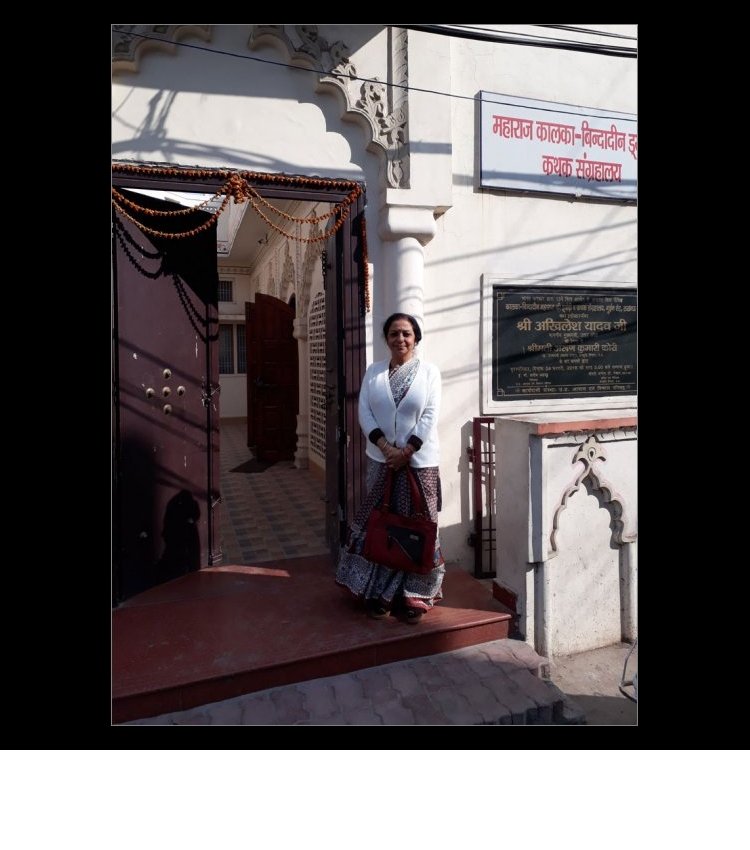
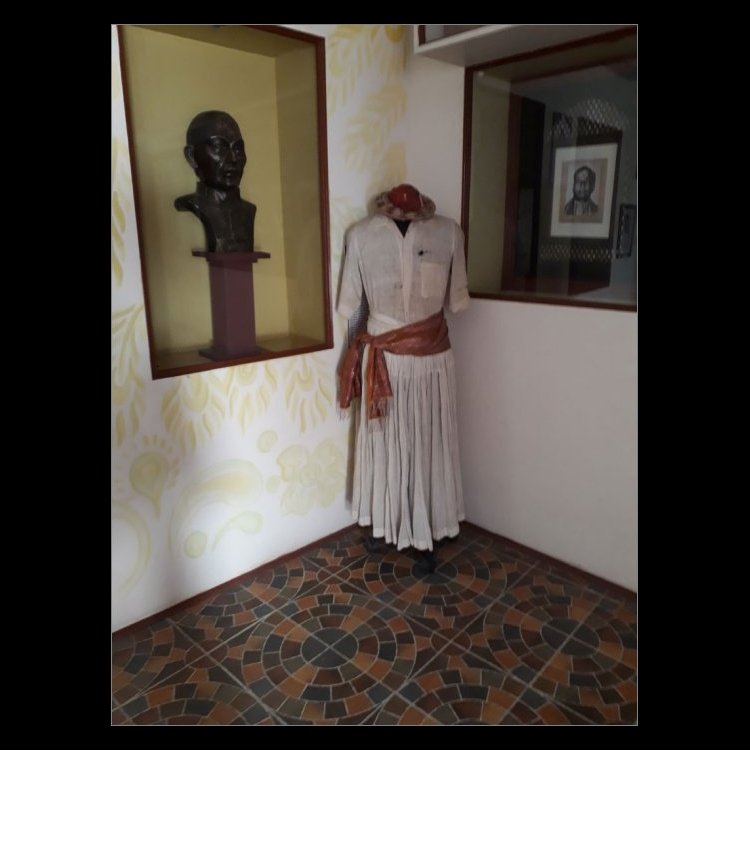
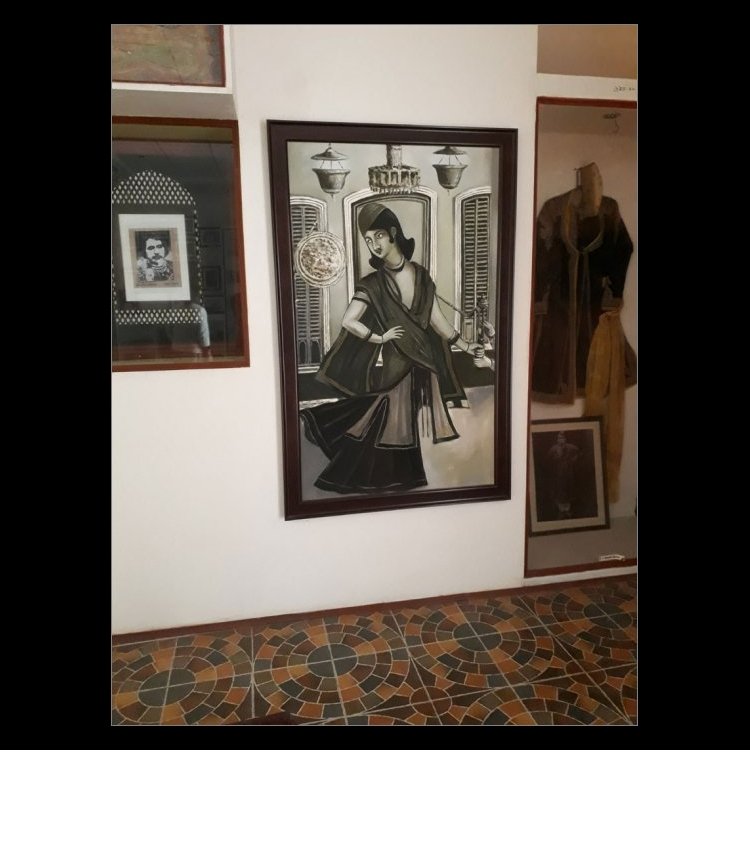
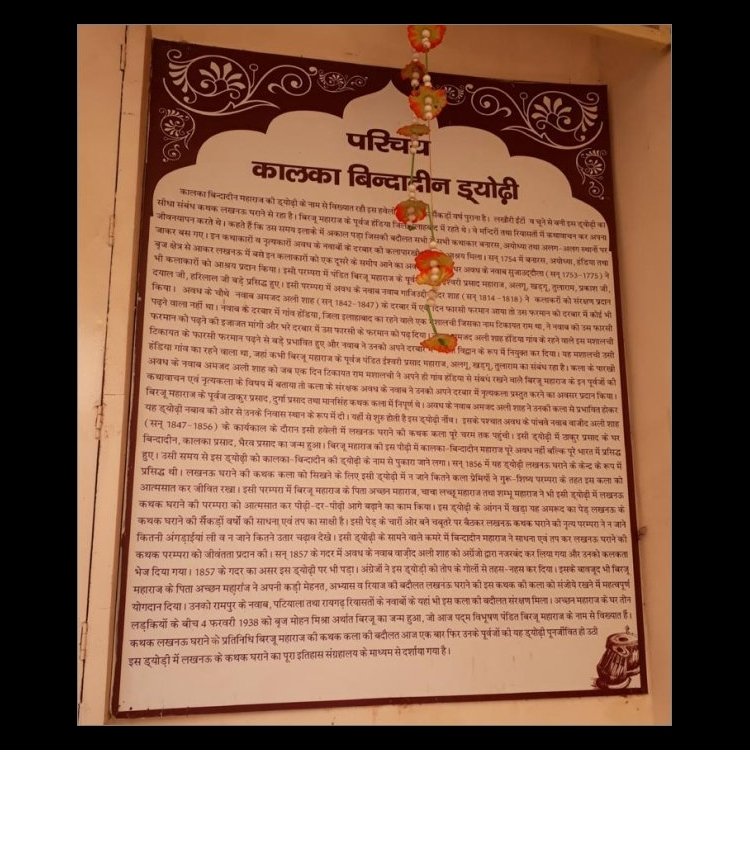
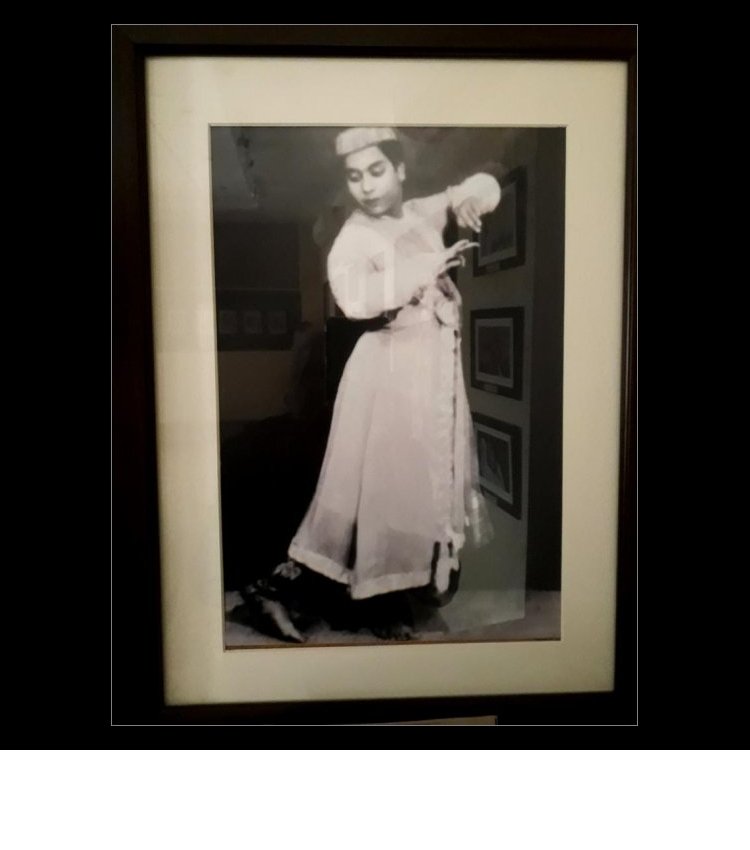
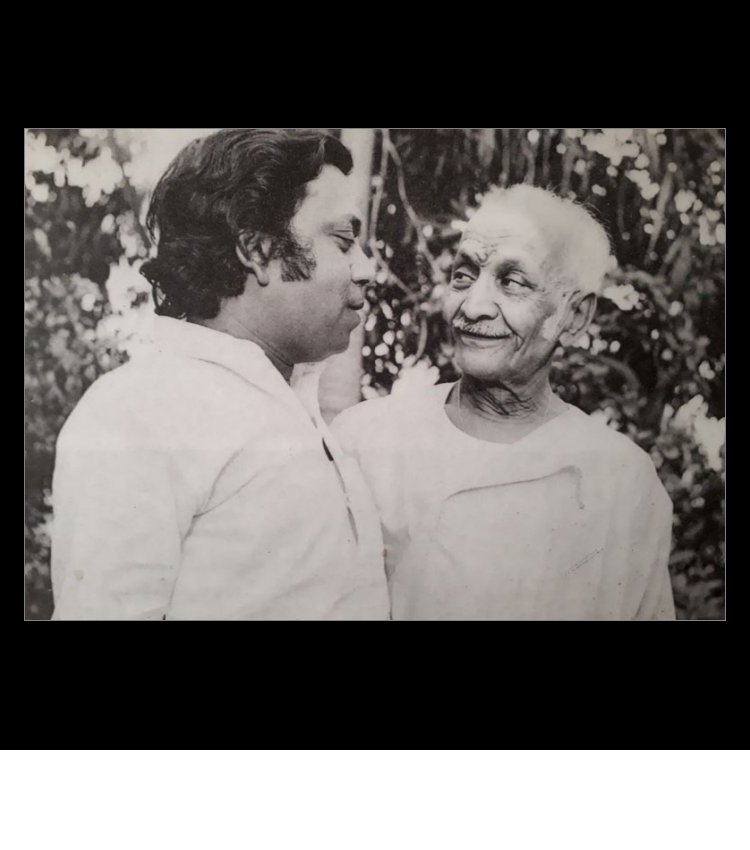
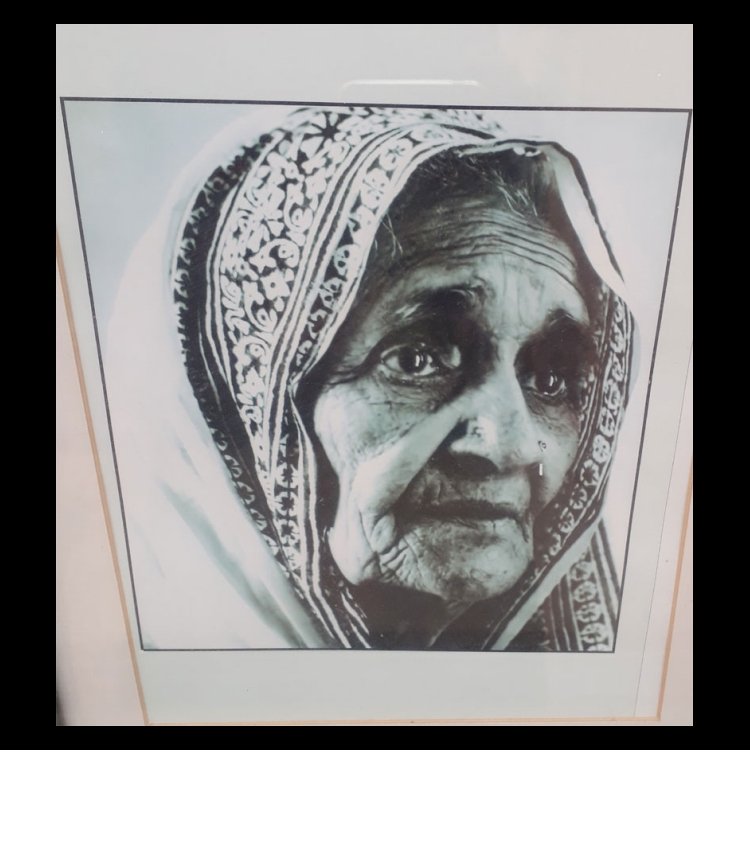
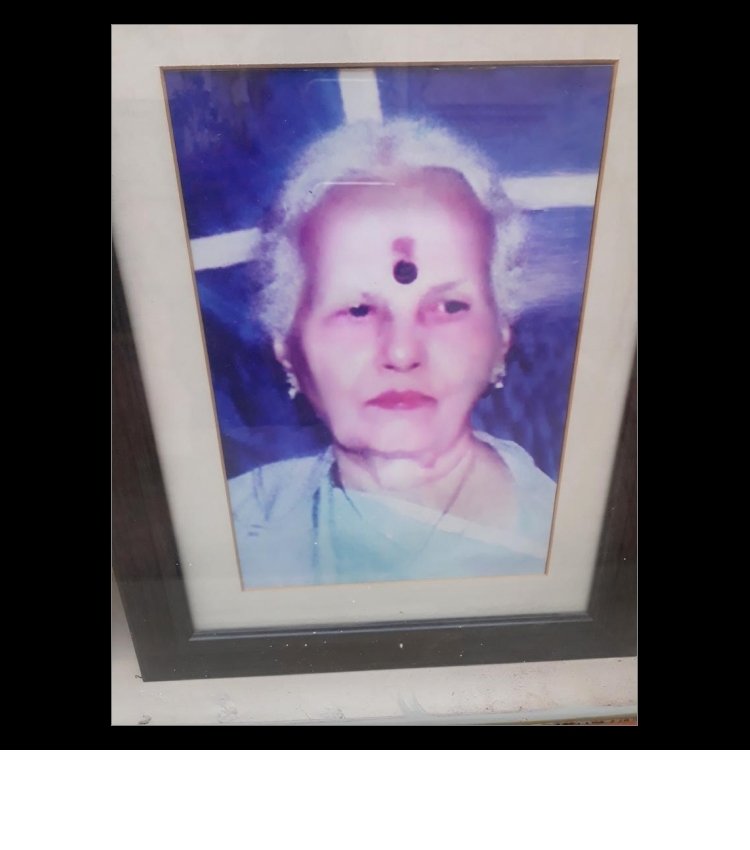
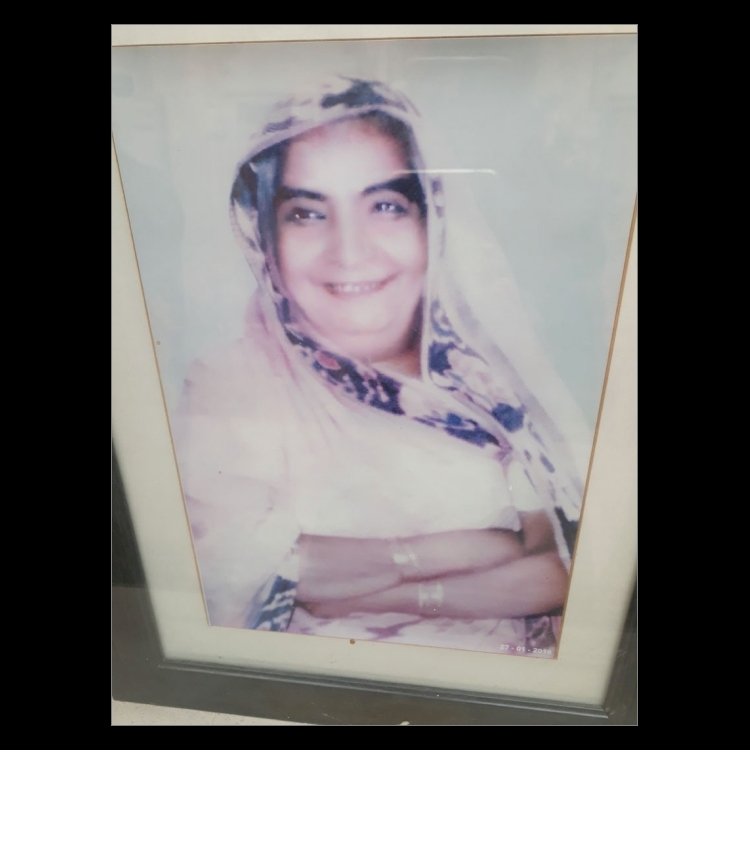
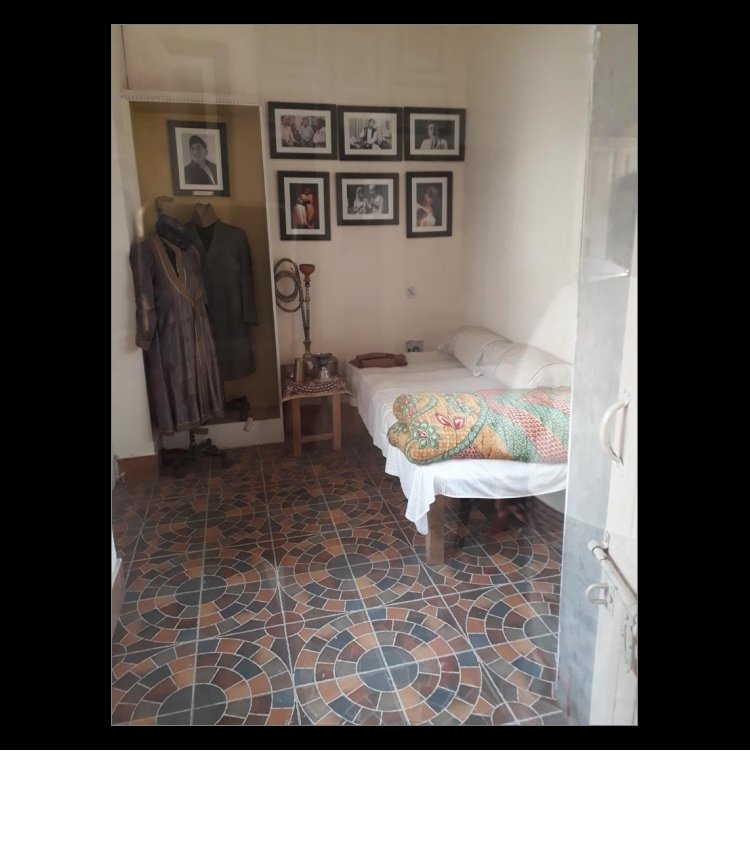
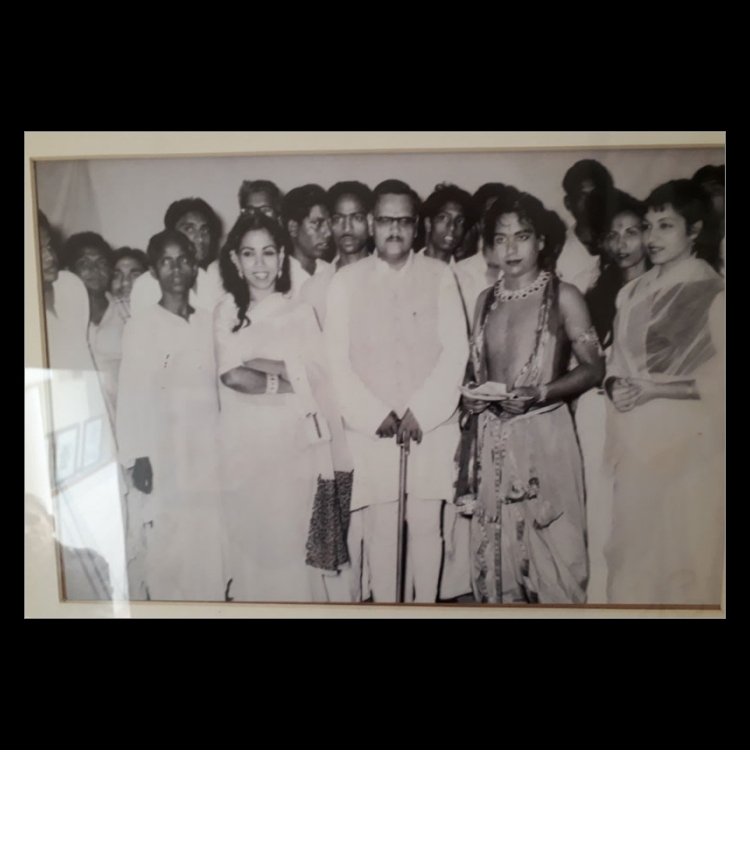
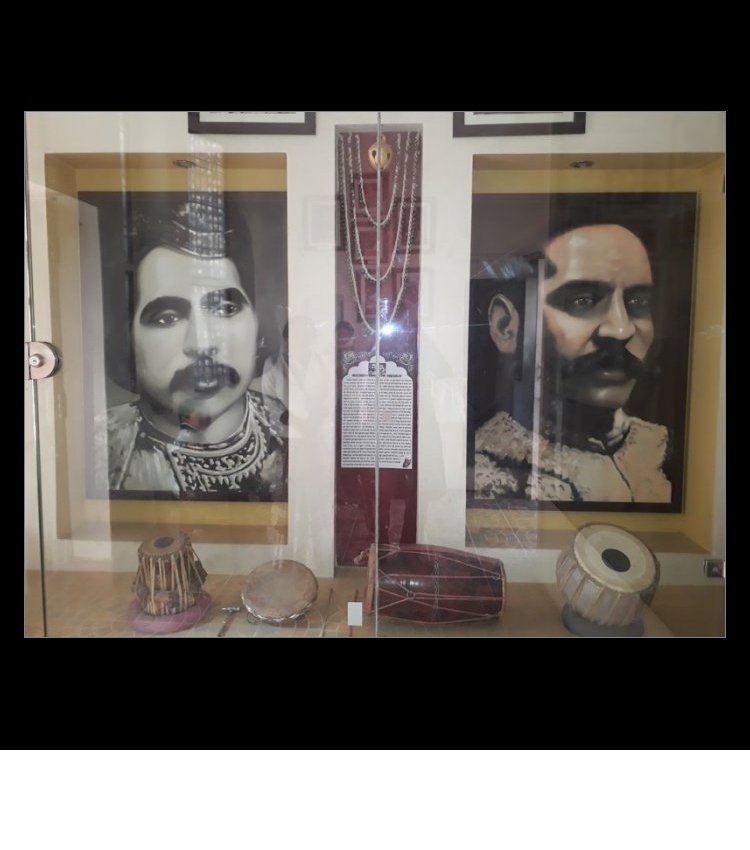
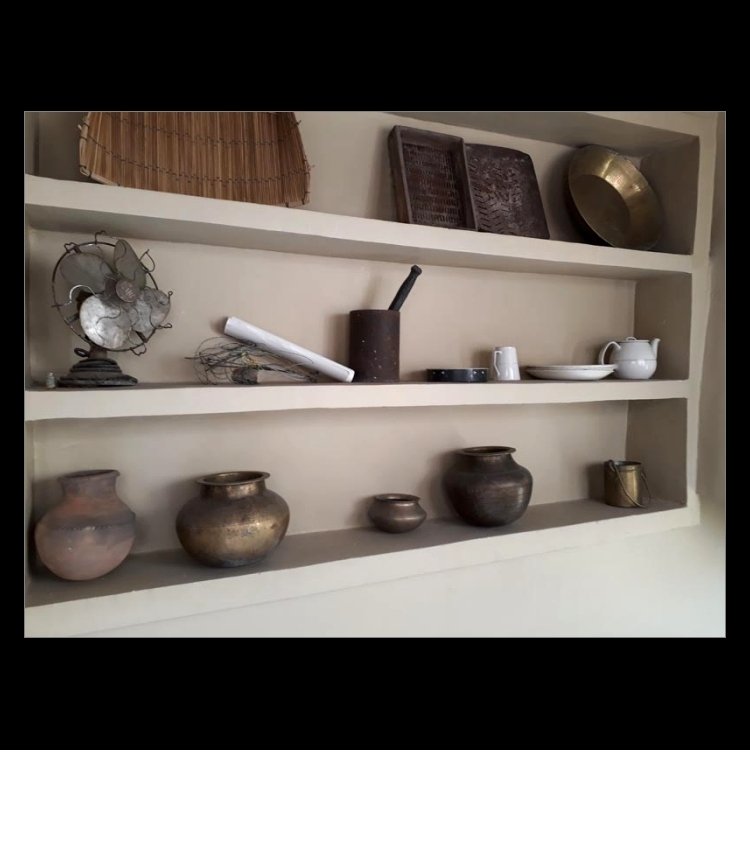
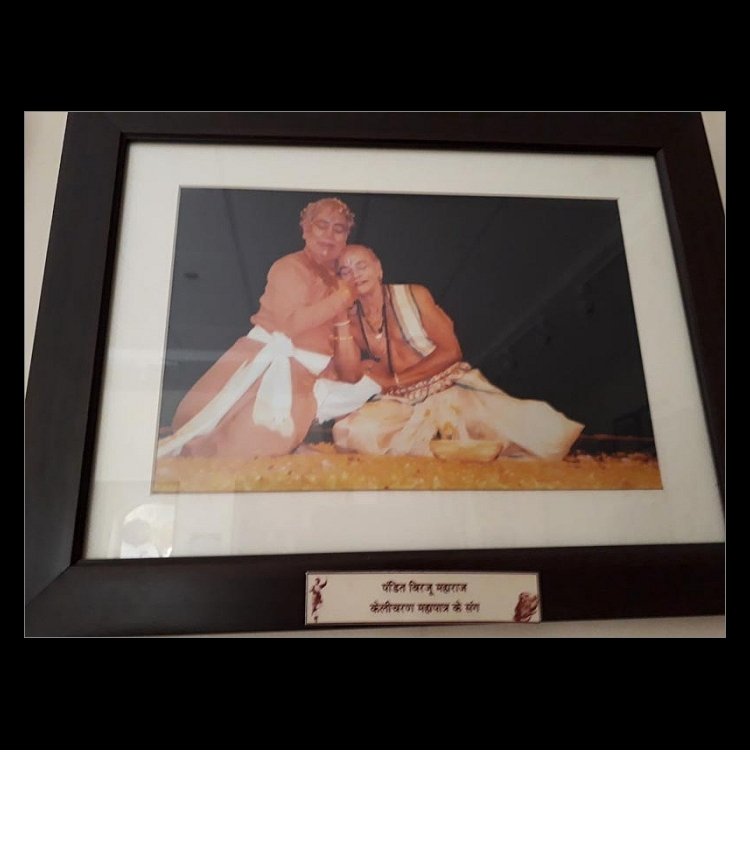
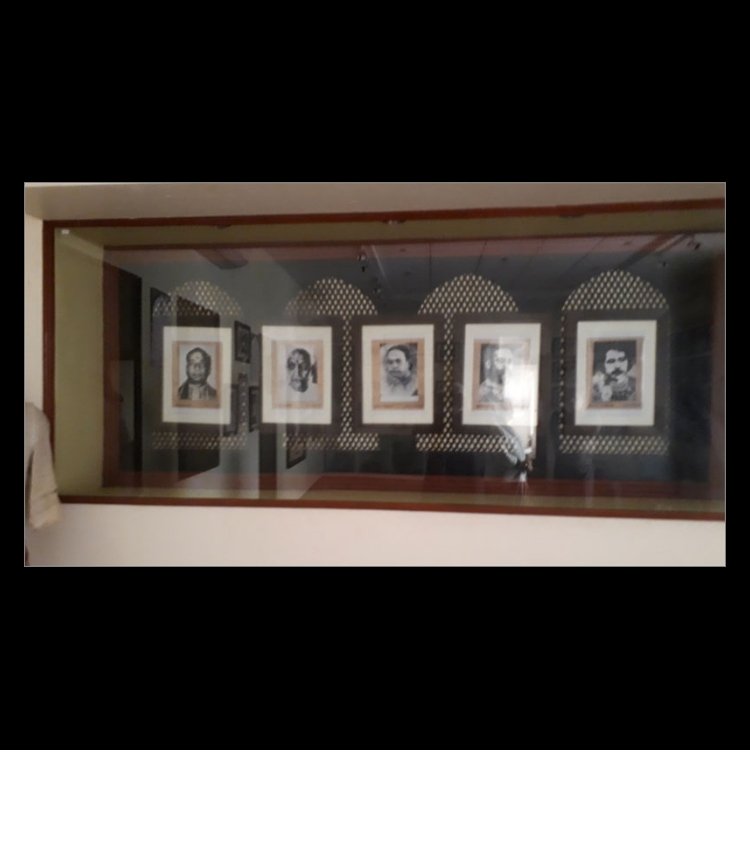
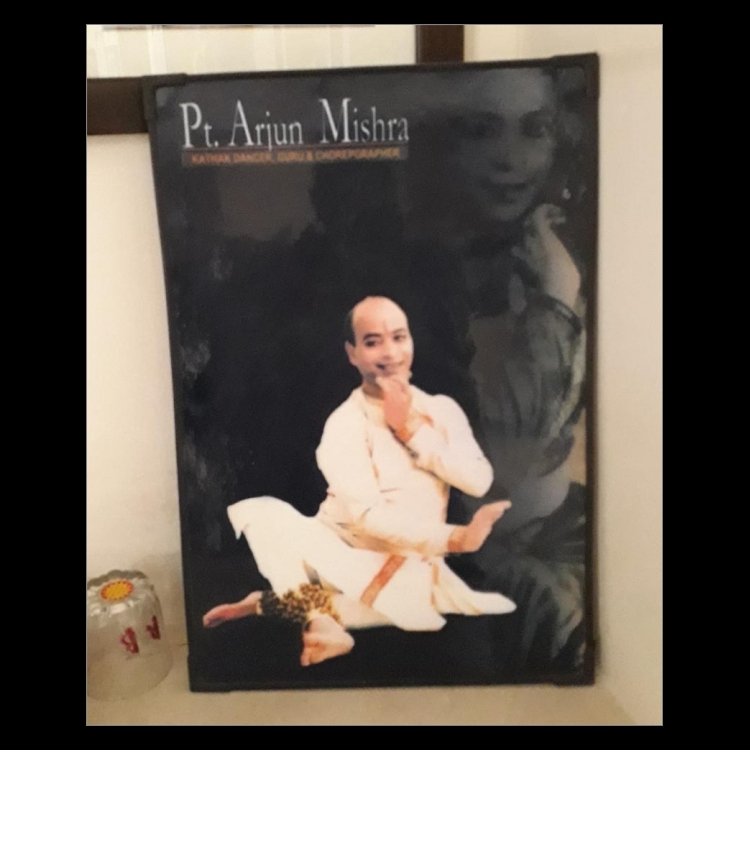
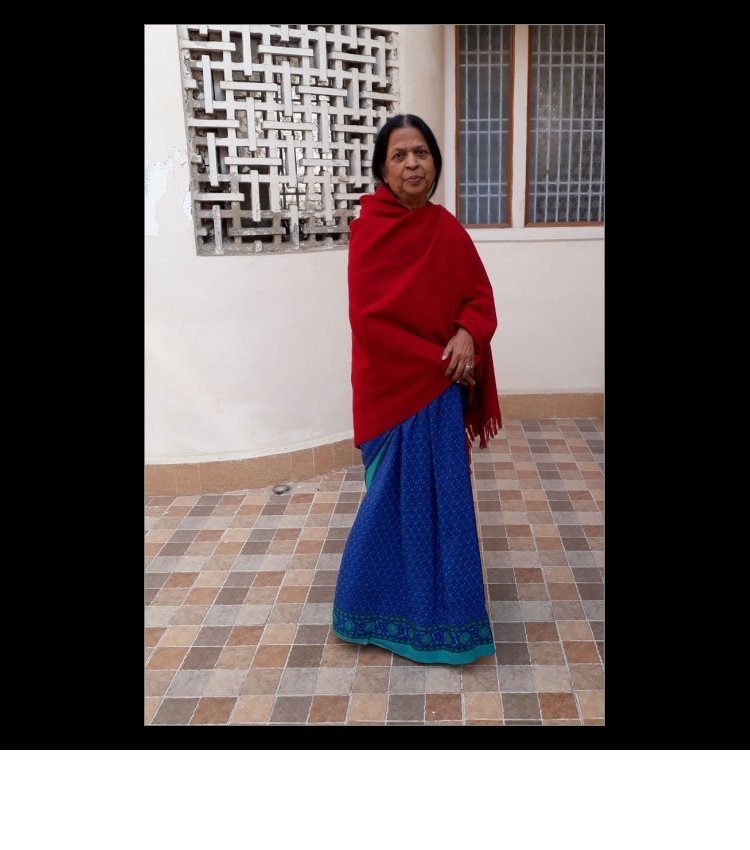
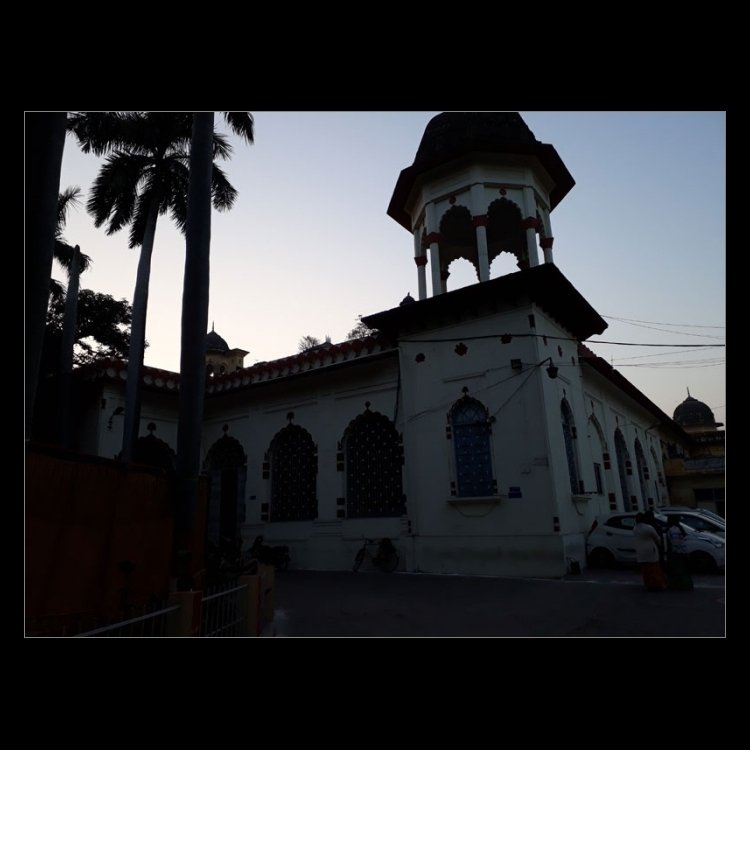
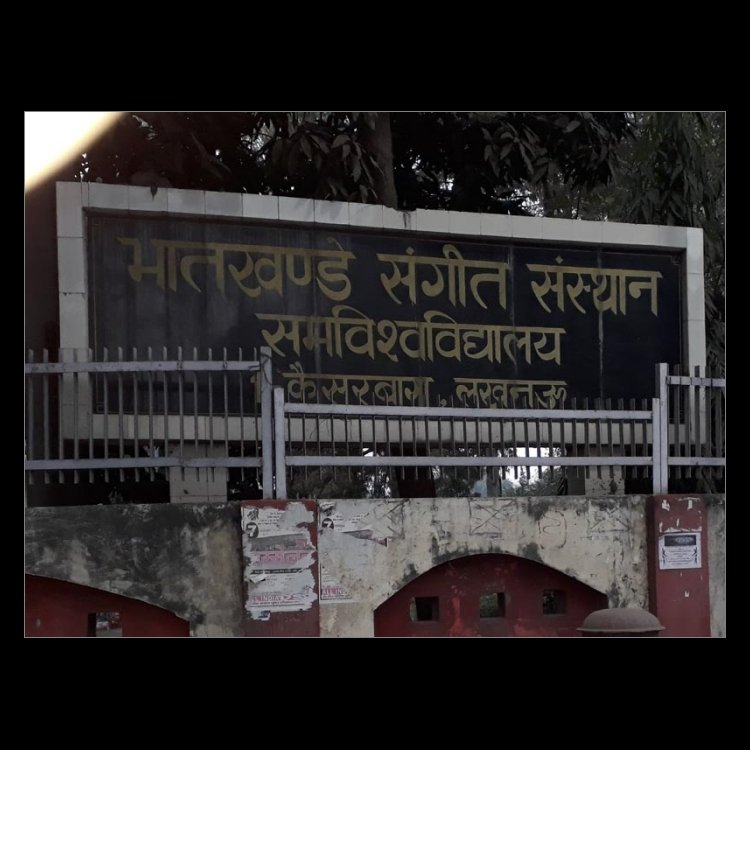
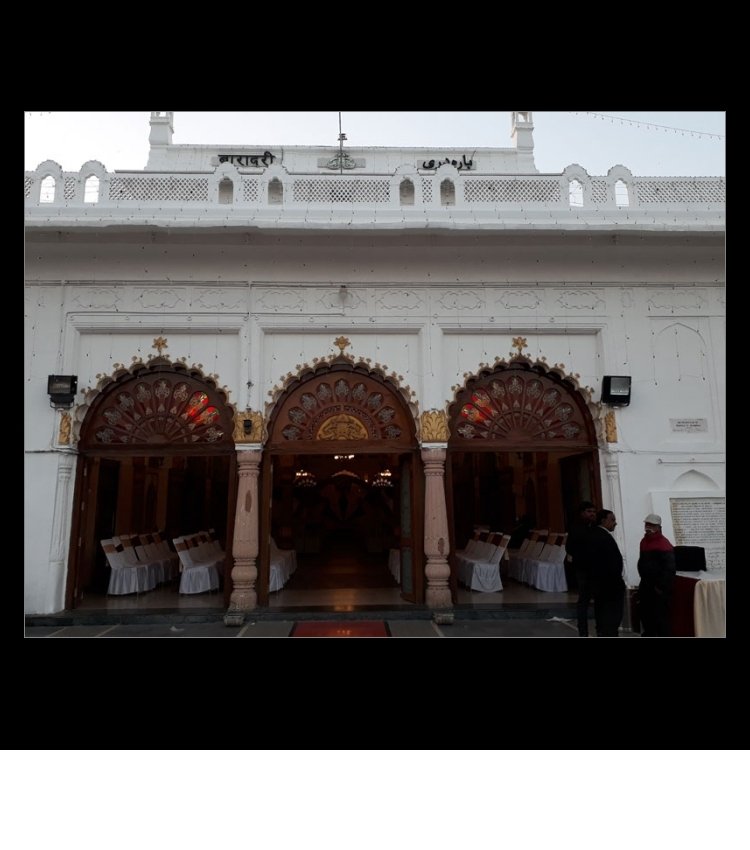
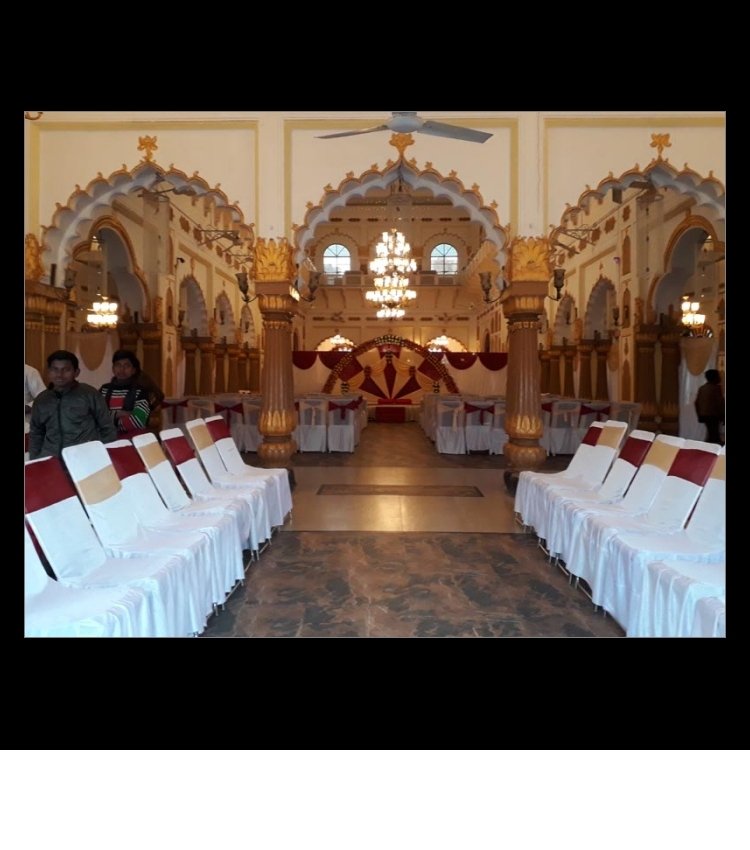
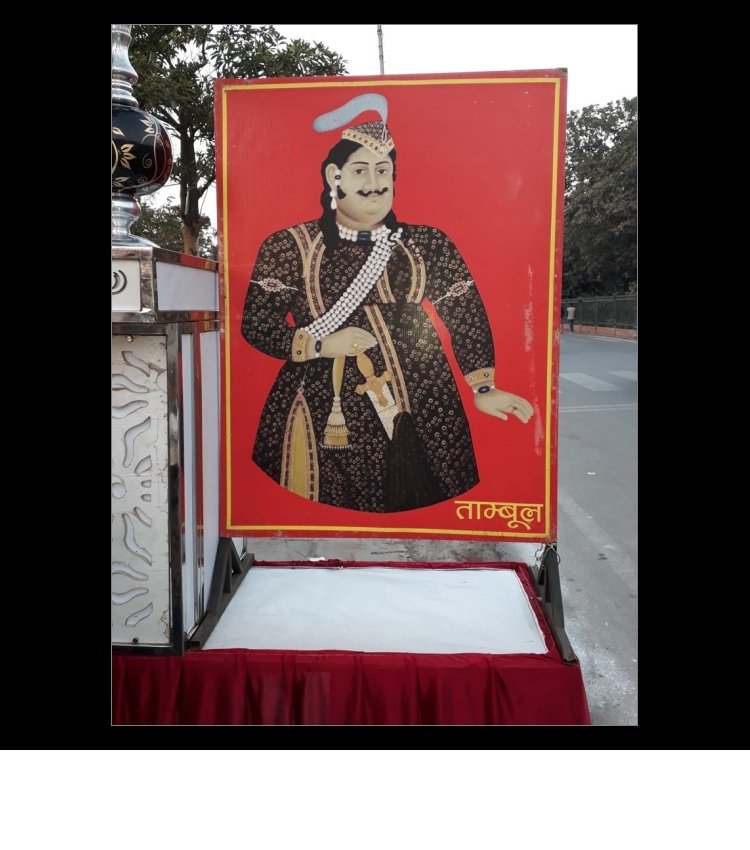
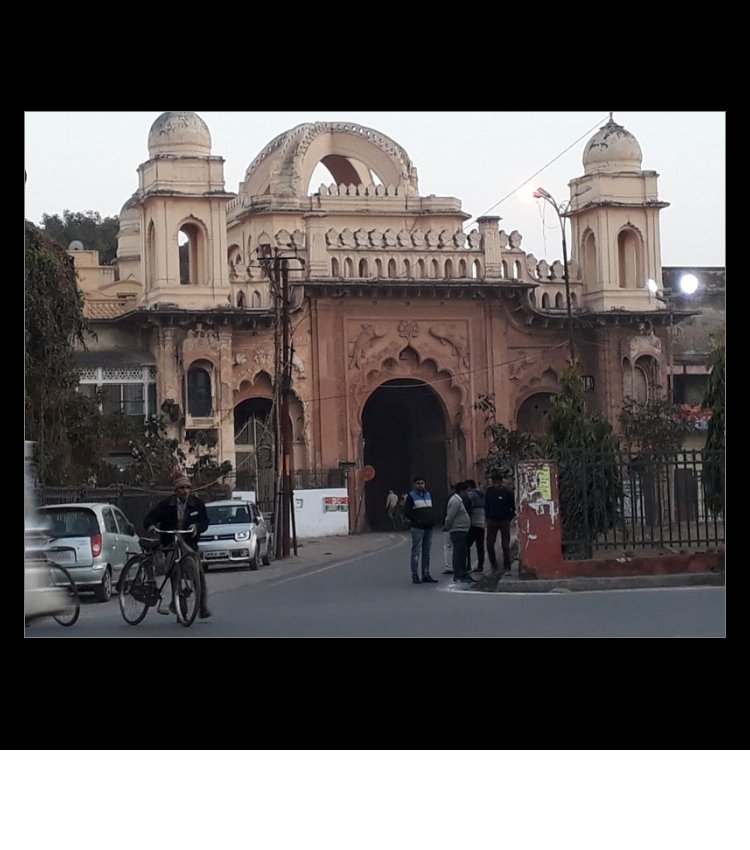
The very fact that such a museum has taken shape speaks volumes for the present government's support for history. It was Sunday and the museum was open as all museums remain closed on Mondays. Along with Kum Kum Dhar, a senior disciple of Lachhu Maharaj, who is a Professor and teaches Kathak at Bhatkhande University, I managed to visit it during the lunch break of the seminar. There I met Shambhu Maharaj's daughter Munni, who stays there. I must have met her many years ago in Delhi. I think anyone who happens to visit Lucknow must visit the museum, first of its kind in terms of Kathak dance form. It indeed inspires one and one feels that such documentation must be made for other dance forms and leading gurus. The seminar had two performances, one by sitar player Sahitya Kumar Nahar and one by tablist Yogesh Samshi. Sahitya Kumar Nahar's sitar playing as he himself said was reminder of influence of Nikhil Banerjee. Yogesh Samshi regaled audiences with his brilliant solo playing leading students and audiences to subtleties of the instrument. Besides his training under Allarakha Khan saab, he displayed his virtuosity in playing kayadas of other gharanas. In particular, he is currently studying the intricacies of Punjab gharana. His flying fingers were a treat to watch and I enjoyed listening to his flawless playing. After the conclusion of the seminar, I visited the dance academy of Anuj Mishra, son of late Arjun Mishra, to see the taiyyari of some of his students including his wife Neha and sister Kantika. His male student was trained well and young dancers who performed seemed to thoroughly love dance. Anuj's recent composition for Lucknow Mahotsav based on Amir Khusroo's compositions "Chhap tilak har lini tose nayana milayke" was imaginatively choreographed using nritta pieces alternating with expressions. Anuj is an industrious and gifted dancer, with excellent taiyyari and training under his father who alas passed away recently. However, he has decided to carry on his tradition remaining in Lucknow. He has been performing nationally and internationally winning critical acclaim. He is bound to go places. The visit to Lucknow was very rewarding. It has been planned that in future I shall give few lectures on different forms of dances with documentary films for the students and faculty members. I look forward to it 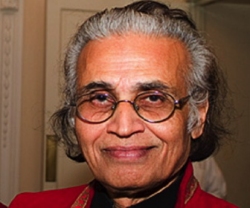 Dr. Sunil Kothari is a dance historian, scholar, author and critic, Padma Shri awardee and fellow, Sangeet Natak Akademi. Dance Critics' Association, New York, has honoured him with Lifetime Achievement award. Post your comments Please provide your name and email id when you use the Anonymous profile in the blog to post a comment. All appropriate comments posted with name & email id in the blog will also be featured in the site. |